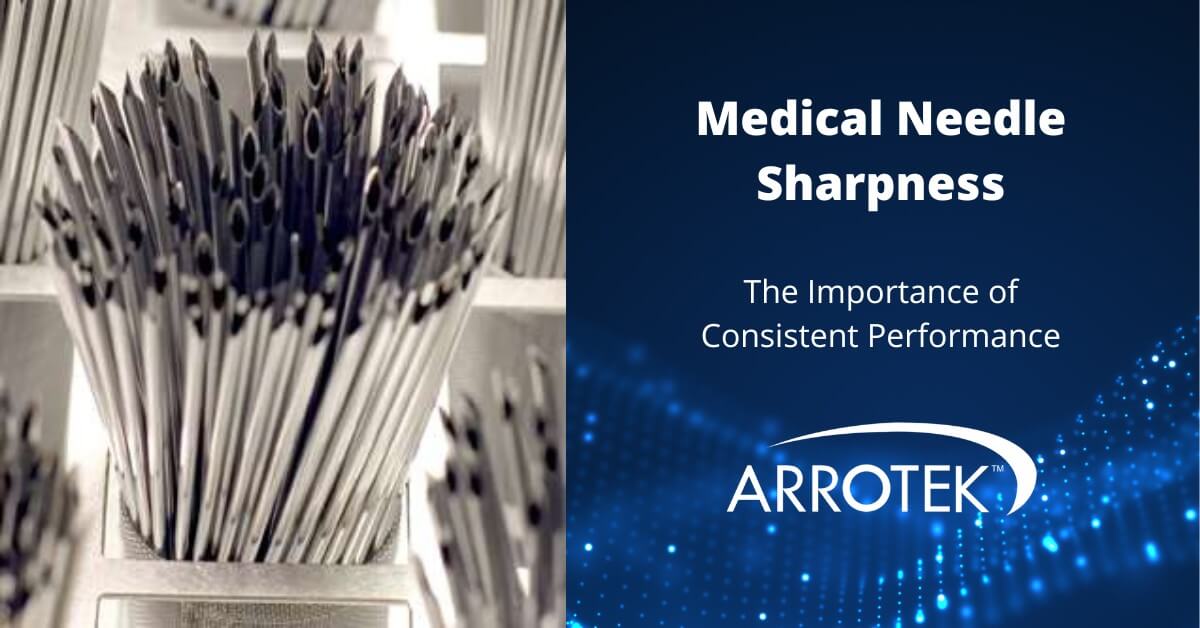Packaging is often one of the last things that is thought about in a medical device product development project. The reality is it takes time to properly design and test packaging for medical device products, especially sterile barrier medical device packaging. Furthermore, the importance of packaging to the success of your product, not to mention product quality and safety, should not be underestimated.
In this blog, we’ll provide an overview of sterile barrier medical device packaging design, including why it is so important and the main characteristics of this highly specialised type of product packaging.
What is Sterile Barrier Medical Device Packaging?
Sterile barrier medical device packaging refers to the materials and methods used to maintain the sterility of a medical device product from the time it goes through the sterilisation process until the point of use. Maintaining sterilisation means ensuring the product remains free from viable microorganisms.
It is a specific and specialised type of packaging that not only protects a medical device product from contamination but also safeguards its functionality and integrity.
Examples of the types of products that typically require sterile barrier medical device packaging include:
- Catheters
- Syringes and needles
- Implants, from heart valves and pacemakers to knee and hip implants
- Stents
- Laparoscopic devices
- Diagnostic devices
- Surgical instruments such as scalpels and clamps
The Importance of High-Quality Medical Device Packaging Design
High-quality medical device packaging design is essential for several reasons:
- Ensures the medical device is safe, effective, and performs as expected in clinical settings.
- Prevents costly recall situations that occur when defect-free and regulatory-compliant medical device products are compromised because of packaging problems.
- Mitigates the reputational risks that occur when medical devices have to be recalled or when adverse events occur.
- Prevents delays in product launch timescales caused by problems with packaging design.
- Helps ensure the commercial success of the product. This is because you could have a fantastic medical device that fails to reach its market potential because of issues with the packaging. For example, if surgeons find it difficult to remove the device from the packaging, they might decide to go with an alternative product with packaging that has a better design.
When Should the Packaging for Your New Medical Device Product Be Designed?
The packaging for your new medical device product should be considered as early in the design process as possible, and it should never be left to the last minute. The benefits of considering packaging early in the process include:
- Identify problems with the design or manufacture of the packaging that could impact its performance.
- Prevent delays in the overall development process that can impact new product release dates.
- Minimise revisions, particularly at the more costly latter stages of the product development process.
- Help ensure compliance with regulations.
- Mitigate risks in the product development process, as well as compliance, reputational, and financial risks.
- Save time.
Key Characteristics of Sterile Barrier Medical Device Packaging
Sterile
The packaging must be designed to keep the device sterile through all storage and transit stages of the distribution process, as even the tiniest of defects can cause significant negative outcomes for patients, including infections and complications. The design of the packaging should maintain the sterility of the product up to the point of use.
Compliance
Sterile barrier medical device packaging should be validated and tested to meet ISO 11607. This standard includes:
- Raw materials used to manufacture the packaging have to be known and traceable.
- The packaging should be non-toxic.
- The packaging’s seal should be tested and validated for strength (the force required to open the seal) and integrity (that the seal is leak free).
- The packaging should be free from defects.
- The packaging should be designed specifically for medical device applications.
- Sterilisation should be maintained up to the point of use.
Durable
Medical device packaging should be designed to withstand different environmental conditions during storage, transit, and in the end-use environment. This is particularly important if the medical device is going to be stored or used in extreme conditions. Many diagnostic kits, for example, have to be stored and transported at very low temperatures. The packaging must be able to withstand these temperatures without developing any defects.
Protection
One of the key functions of packaging for many medical devices is that it should protect the product during storage, handling, and transportation, preventing it from being damaged. It is also often important to ensure the packaging prevents microorganism growth by protecting the device from moisture, oxygen, light, etc.
Defect Free
The design of the packaging for your medical device product should ensure it can go through all production, assembly, sterilisation, and distribution stages without developing any defects.
User-Friendly
The packaging should be easy to open and otherwise use with minimal, if any, disruption to the flow of the procedure being performed. It is also important to ensure the design minimises the risk of damaging the device while opening the packaging.
Shelf Life
The packaging must maintain its performance and integrity for longer than the shelf life of the medical device product.
Labelling
The labelling applied to the packaging should contain all necessary information, including compliance information and guidance on how to handle the product.
Appearance
The appearance of the packaging, especially the outer packaging, can be important in many situations for branding, marketing, and company reputation reasons.
Outer Packaging
The cartons that medical device products are put into for shipping can have an impact on performance. For example, if the cartons are not sized properly or if too many products are squeezed into a carton, the packaging can become damaged, compromising the medical device inside.
Packaging Design Support at Arrotek
As you can see from this overview of sterile barrier medical device packaging design, the process is detailed and can involve various challenges, including patient safety, regulatory, practical, and commercial challenges. We can help at Arrotek as we provide comprehensive medical device design and development services, including packaging design. We have particular expertise in the design of sterile barrier packaging for catheters and similar minimally invasive medical device products.
To get advice, guidance, and practical support for your project, please get in touch by completing the contact form below.





